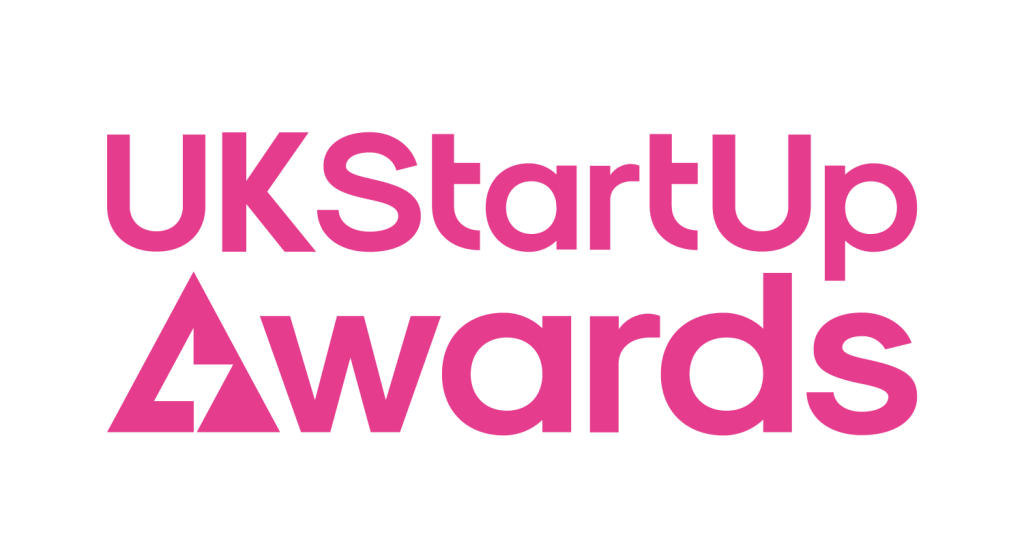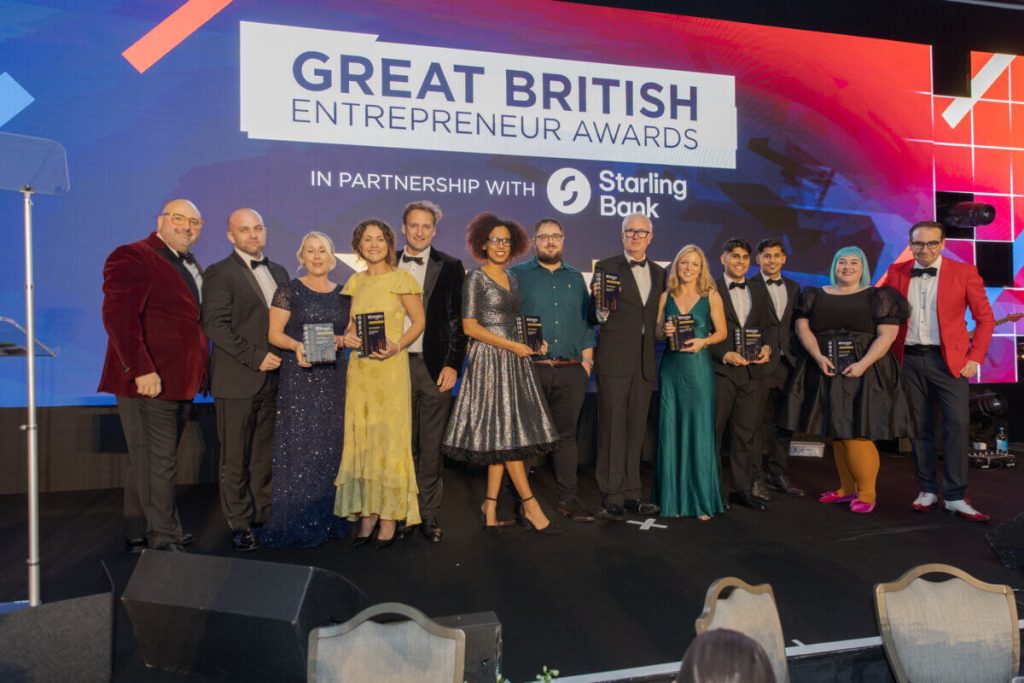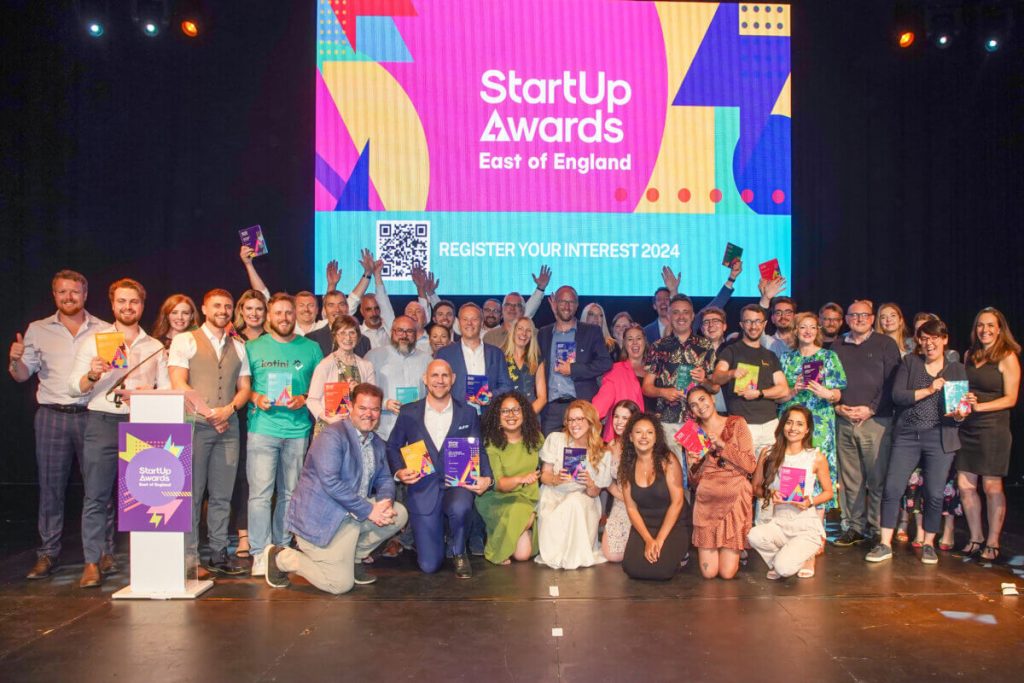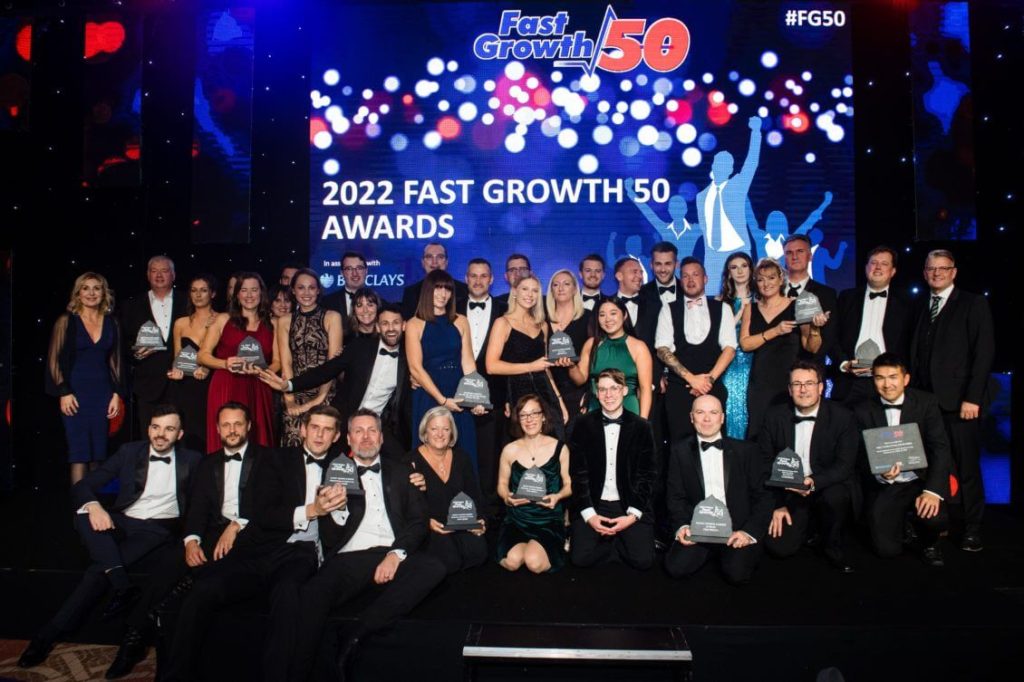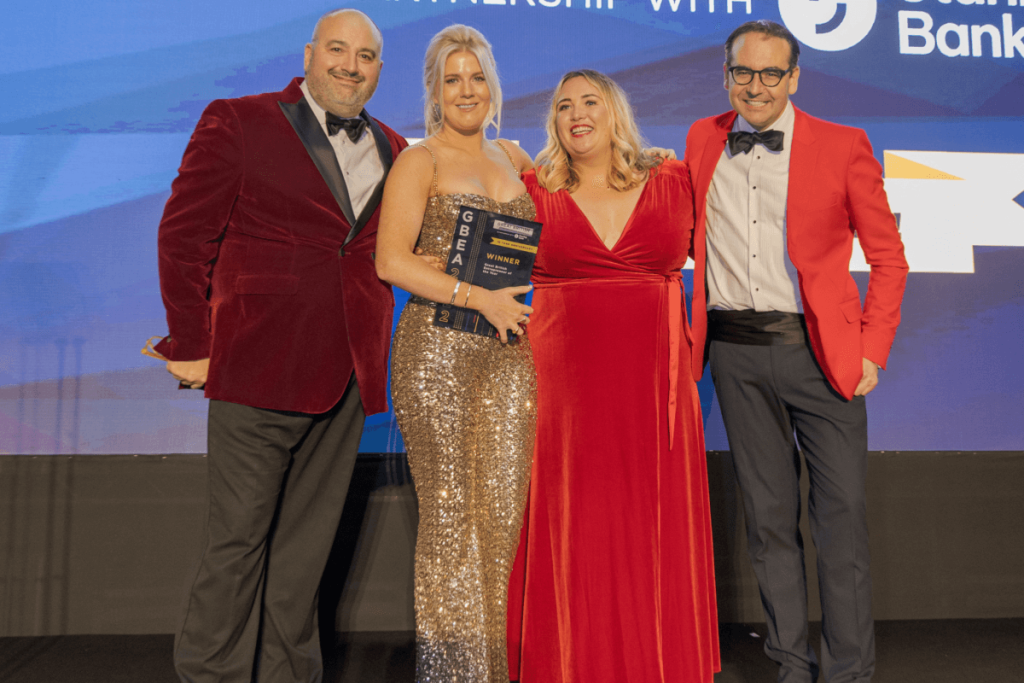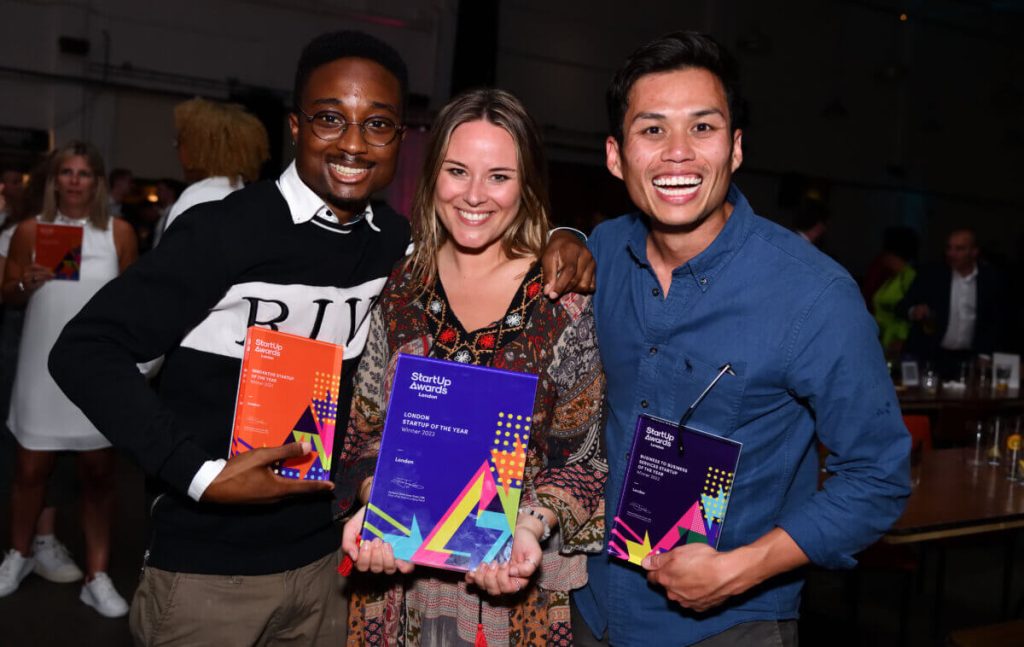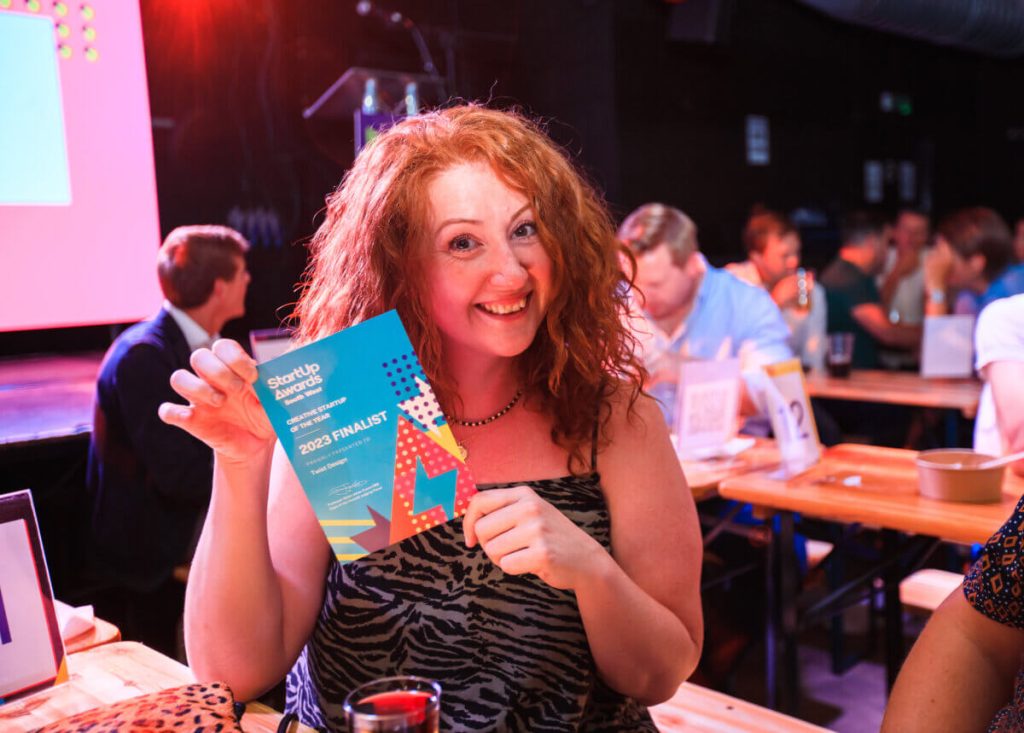by Mark Ellis
Can your business mention a competitor’s name or use their logo or other trade mark to compare features of your goods or services with those of competitors? When can a business use somebody else’s trade mark in order to compare its goods or services with those of its competitors? The European Court of Justice (ECJ) has now clarified the law in its judgment in the sparkling dispute between two telecoms giants over the right to use bubbles in an advertisement.
O2 has for many years used images of bubbles as part of its branding. It has registered pictures of bubbles as trademarks! O2 could show that UK consumers associated images of bubbles in water with O2, especially when set against a blue sea-like background.
H3G launched its pay-as-you-go mobile service called ‘Threepay’. As part of the launch, they began an advertising campaign, including TV advertisements. In this campaign, they compared their prices with O2’s prices. To do this, they used pictures of bubbles that were similar, but not identical, to the bubbles registered by O2. O2 sued alleging infringement of its trade marks. The fact that the trade marks were not identical is significant, where identical marks are used, there is infringement regardless of whether there is any risk of anyone being confused. Where they are only similar, a risk of confusion in the minds of the public must be proved.
Even where there is, on the face of it, a trade mark infringement, the law permits rivals’ trade marks to be used in advertisements if the EC directive on misleading advertising is satisfied. Under the Directive, comparative advertising is permitted if, in particular, the advertising:
• is not misleading;
• compares goods or services meeting the same needs or intended for the same purpose;
• objectively compares one or more material, relevant, verifiable and representative features, which may include price;
• does not create confusion between the advertiser and a competitor;
• does not discredit or denigrate the competitor;
• does not take unfair advantage of a trade mark of a competitor.
In this case, the High Court found that O2’s marks had been infringed because the use of the bubbles, although not identical, gave rise to a risk of confusion. It is hard to see how the court came to this view, because, “confusion” in this context means confusion as to origin and O2 accepted that the advertisement did not suggest any trade connection between H3G and O2.
However, the High Court found that H3G had a defence in any event because they satisfied the conditions of directive. O2 appealed. As trademarks law is a creature of European law, the Court of Appeal decided to refer the key issues to the European Court of Justice (ECJ), including:
• where a rival’s mark is used in a comparative advertisement, but the use does is not confusing or otherwise the main function of the mark as a badge of origin, is the use capable of constituting trade mark infringement in any event?
• must use of the competitor’s mark be ‘indispensable’ to the comparison — i.e. in this case, why didn’t H3G just use the O2 name and omit the bubbles?
The ECJ’s Judgment
The ECJ confirmed that where the provisions of the directive are complied with, a trade mark owner cannot prevent use of his trade mark. It was not necessary to go on to consider whether use of the mark must be ‘indispensable’.
Even where the advertisement is not complaint, where the marks concerned are only similar, and the use does not give rise to a likelihood of confusion on the part of the public as to the origin of the relevant goods or services, then there is no infringement in any event, so it does not matter whether or not the comparative advertisement satisfies all the conditions laid down in the comparative advertising directive.
In determining whether there is confusion, the Court looks at use of the mark in the advertisement as a whole. Here, there was no confusion. As mentioned earlier, O2 accepted that the advertisement did not suggest any connection between H3G and O2. Technically, the matter is not at an end — it now goes back to the Court of Appeal to apply the ruling. However, it is likely that the Court of Appeal will find in favour of H3G.
If your business wishes to mention a competitor’s name or use their logo or other trade mark to compare features of their goods or services with those of competitors, it is best to tread carefully and take proper advice before doing so. In that case I recommend that you talk to William Williams, Head of Commercial and IP Expert at Aaron & Partners Solicitors. Tel 01244 405589 or email him at william.williams@aaronandpartners.com.
Mark Ellis is an employment law solicitor and CEO at Ellis Whittham – Find out more www.elliswhittam.com
